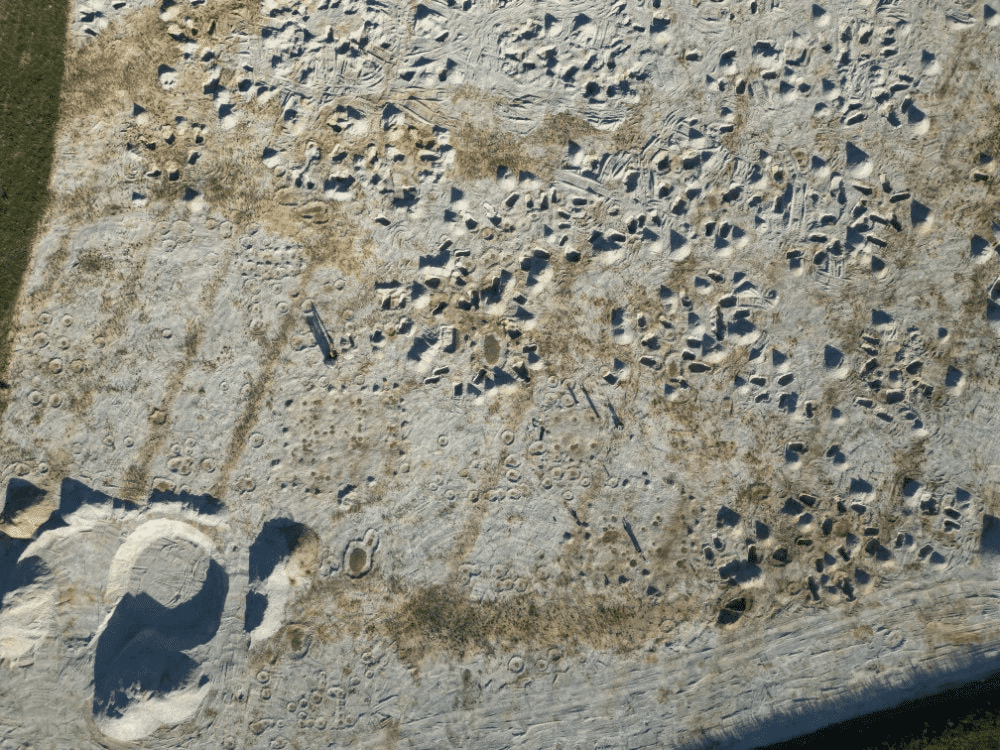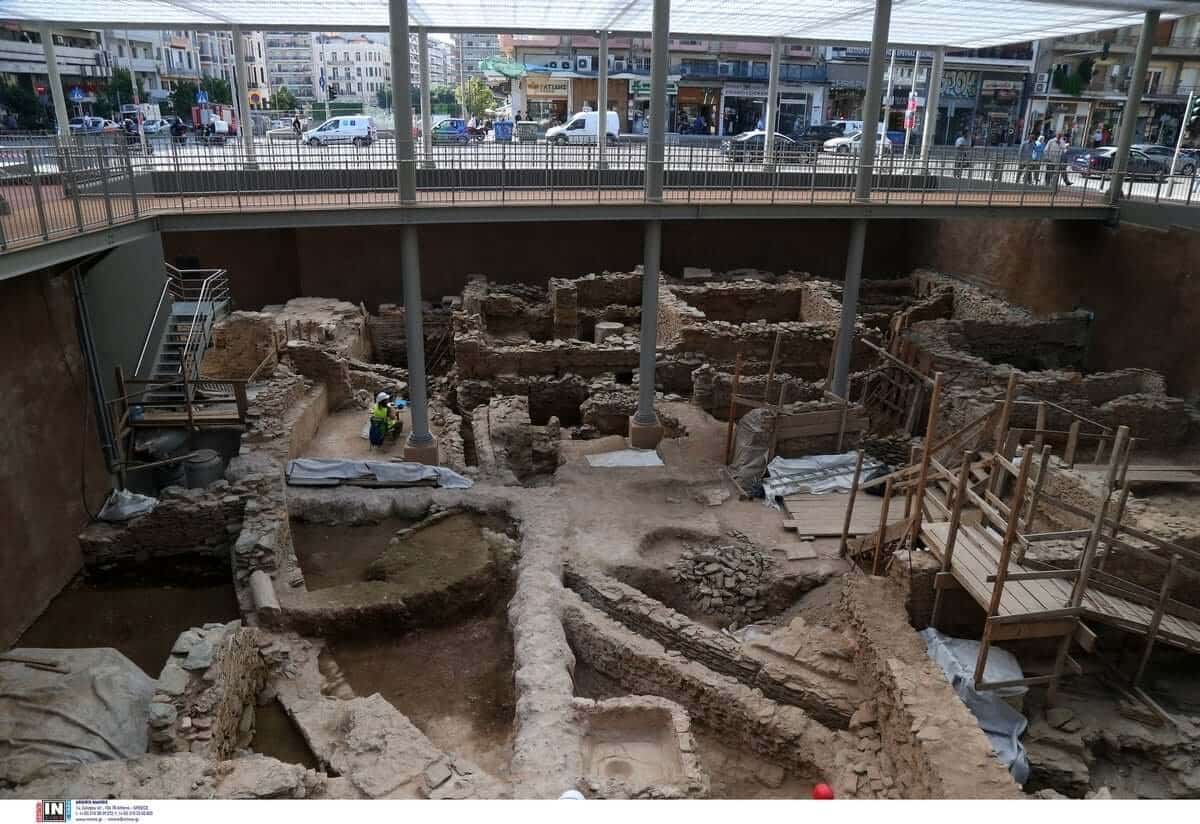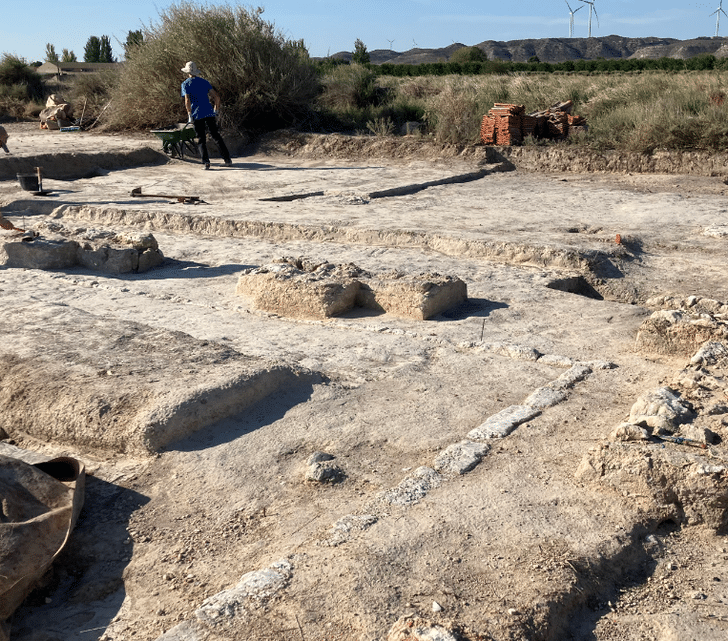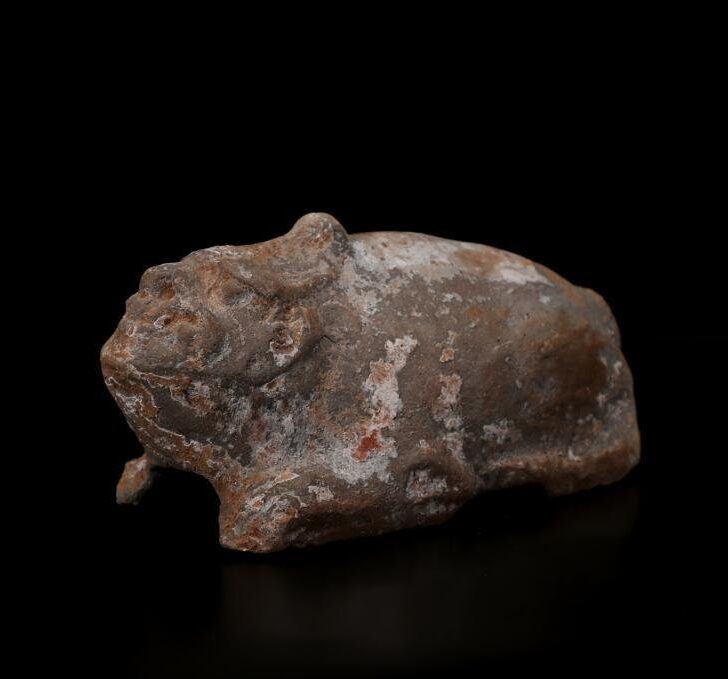Munich, globally celebrated for its vibrant culture and architectural marvels, has an enthralling tale to tell. The recent discovery of a 2,300-year-old intact Celtic village and an adjoining Roman settlement has made the city’s history even richer and profound.

A Remarkable Peek into Bavaria’s Celtic Past Situated in the northern suburbs of Munich, this newfound Celtic village holds the distinction of being the first ever complete Celtic village discovered in Bavaria. Its roots trace back to the late Iron Age, under the influence of the La Tène civilization, and this settlement flourished for an impressive millennium, transitioning from the Celts to the Romans over time.
This monumental discovery was made amidst the development of a new residential area. The archaeological findings, including numerous ancient house plans visible as circular post holes in gravel, offer insights that around 500 inhabitants graced Munich’s Feldmoching district during the Iron Age.
According to Carl Göderz, the lead archaeologist, the excavation’s scope was immense, painting a clearer picture of Munich’s expansive history. Professor Mathias Pfeil from the Bavarian State Office for Monument Preservation (BLfD) further emphasized that this discovery filled an existing research gap.
Central Pillars of the Celtic Settlement At the heart of the village, a grand 65 by 65-foot structure, possibly a communal hall for gatherings or prayers, was unearthed. Encircled by wooden arcades, this central hub was possibly where the Celtic community deliberated on civic affairs or conducted religious rites.
Evidence suggests that the dwellers resided in robust half-timbered wooden houses, with remnants of historical clay from the construction still evident. Further adding to the historical narrative, two distinct grave groups were identified from both the late Iron Age and the Roman Empire era, hinting at the site’s longstanding agricultural significance.
Artifacts Speak Volumes The excavations brought to light numerous artifacts including tableware, a soapstone drinking cup, and a rare sickle blade. These objects, stemming from a dispersed Roman settlement of the 3rd and 4th centuries, paint a detailed picture of the lives led by Munich’s ancient inhabitants.
Moreover, exquisite finds such as an enamel brooch, ceramics, and a striking bronze buckle deepened our understanding of the culture and daily lives of the village’s denizens.
Yet, a lingering question remains: why did the inhabitants suddenly abandon this flourishing settlement during the decline of the Roman Empire? Could regional climate shifts be the answer? The Feldmoching excavation paves the way for multidisciplinary research aimed at solving this mystery.
Concluding Thoughts The unearthing of Munich’s 2,300-year-old Celtic village and Roman settlement is nothing short of a historical marvel. As we unearth layers of the city’s past, the coexistence and eventual departure of these ancient communities become more vivid. The story of Munich, as we know it, continues to evolve, becoming an ever-enriching tapestry of time and civilizations.
- Unearthing the Secrets of the Great Sphinx: Lost Relics Resurface - November 19, 2023
- 5 Most Incredible Archaeological Discoveries of Recent Times - November 17, 2023
- Uncovering 3 Mysterious Ancient Battle Artifacts - November 15, 2023



